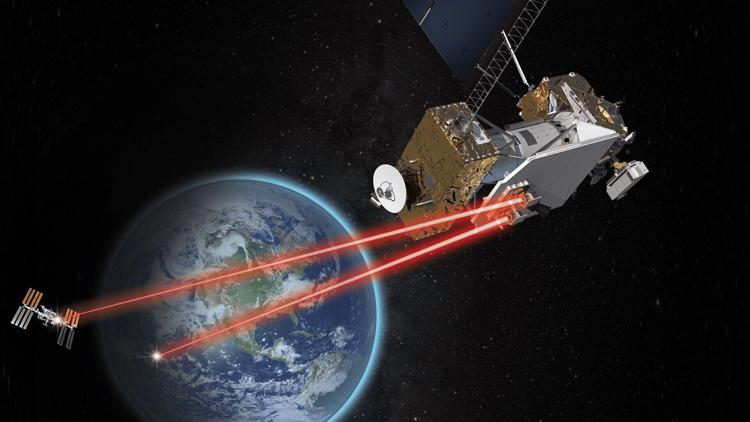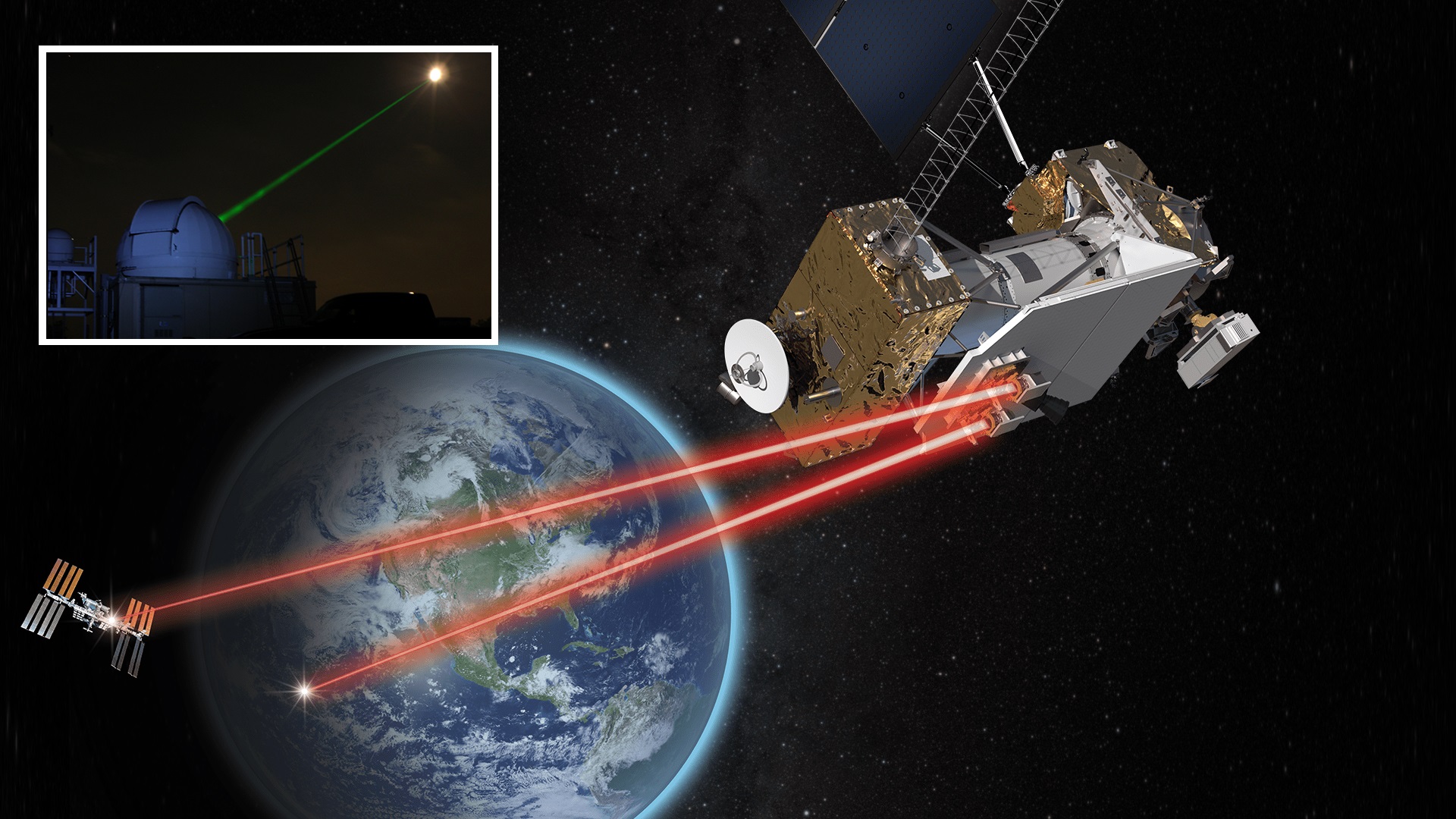Even while the use of invisible lasers in space may seem like something out of a science fiction novel, it is a genuine possibility.
NASA’s forthcoming Laser Communications Relay Demonstration may fundamentally alter the way the agency interacts with future missions around the solar system, according to the agency.
According to the agency, the use of these lasers might result in more high-definition movies and photographs being taken from space than ever before.
Using radio waves to communicate with its astronauts and space missions has been a NASA tradition since 1958. While radio waves have a long history of success, space missions are getting more sophisticated and gathering greater amounts of data than in the past.
Consider infrared lasers to be the optical communication equivalent of high-speed internet, as opposed to the painfully sluggish dial-up internet that is now available. Laser communications would transmit data to Earth from an orbit synchronized with the Earth’s rotation, 22,000 miles (35,406 kilometers) above the surface of the planet, at a rate of 1.2 gigabits per second, which is equivalent to downloading an entire movie in less than a minute.
This will boost data transmission speeds by a factor of 10 to 100 when compared to radio waves. Because infrared lasers, which are invisible to the human eye, have shorter wavelengths than radio waves, they can transfer more data at the same time, compared to radio waves.
It would take nine weeks to transmit back a comprehensive map of Mars using the present radio wave technology; however, lasers could finish the task in nine days.
A laser communications relay demonstration, known as the Laser Communications Relay Demonstration, is NASA’s first end-to-end laser relay system. It will transmit and receive data from space to two optical ground stations on Table Mountain, California, and Haleakala, Hawaii.

These stations are equipped with telescopes that can receive the light emitted by the lasers and convert it into digital information. Laser communication receivers, in contrast to radio antennas, maybe up to 44 times smaller in size. Because the satellite is capable of both transmitting and receiving data, it is considered a real two-way system.
The only thing that might cause problems for these ground-based laser receivers is atmospheric disturbances like as clouds and turbulence, which can cause laser signals passing through our atmosphere to become distorted. The distant sites for the two receivers were selected with this in mind since both are normally located at high elevations where clear weather conditions are common.
When the spacecraft reaches orbit, the crew at the mission’s operations center in Las Cruces, New Mexico, will activate the Laser Communications Relay Demonstration and ready it to transmit tests to the ground stations on the ground.
Prior to supporting space missions, including an optical terminal that will be placed on the International Space Station in the future, the mission is anticipated to spend two years performing testing and experiments onboard the space station. It will be able to transmit data from scientific investigations taking place on the space station to the satellite, which will then transmit the data back to the ground.
It serves as a relay satellite, eliminating the requirement for future missions to have antennas with a direct line of sight to the Earth, as shown by the demonstration. However, despite the fact that the satellite is approximately the size of a king-size mattress, it has the potential to assist future spacecraft to lower their overall size, weight, and power needs for communications.
As a result, future missions might be less costly to launch and potentially include more scientific equipment due to this reduction in cost.
Aside from the Orion Artemis II Optical Communications System, which will enable an ultra-high-definition video connection between NASA and Artemis astronauts traveling to the moon, there are a number of other missions now in development that might test laser communication capabilities.
The Psyche mission, which will launch in 2022 and arrive at its asteroid target in 2026, will also be launched in 2022. As part of its mission, the spacecraft will examine an asteroid that is more than 150 million miles (241 million kilometers) distant and test its Deep Space Optical Communication laser, which will be used to convey data back to Earth.

